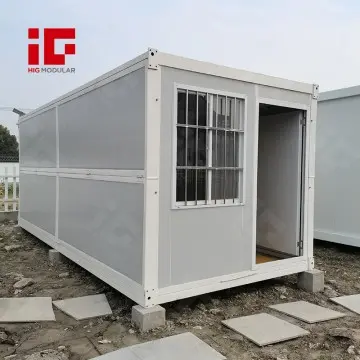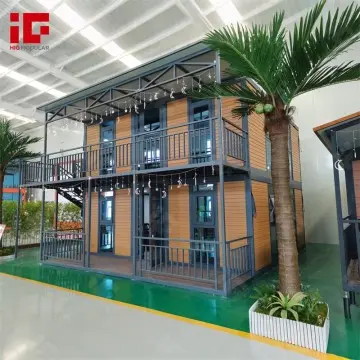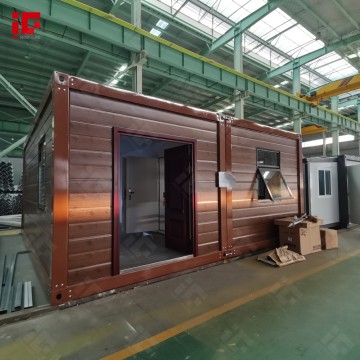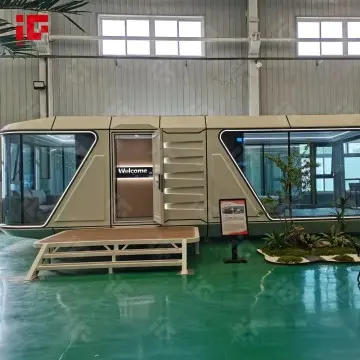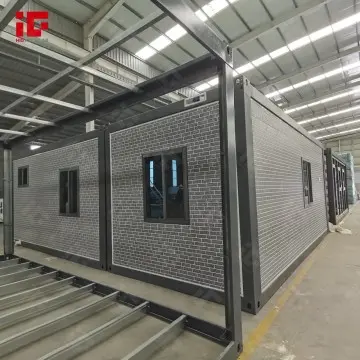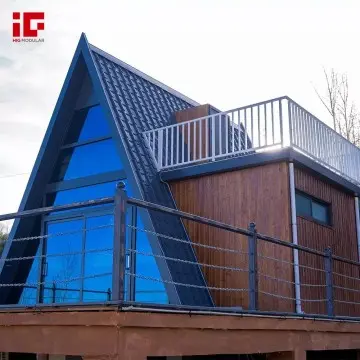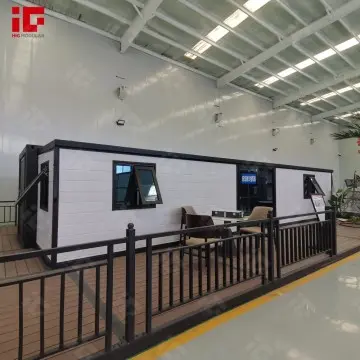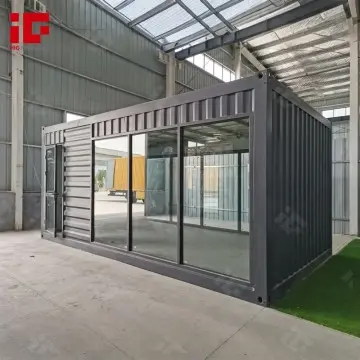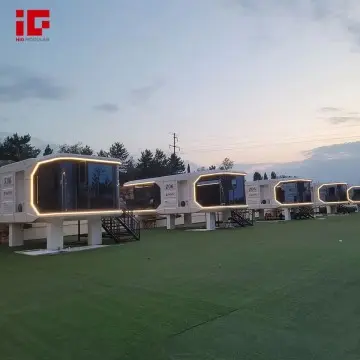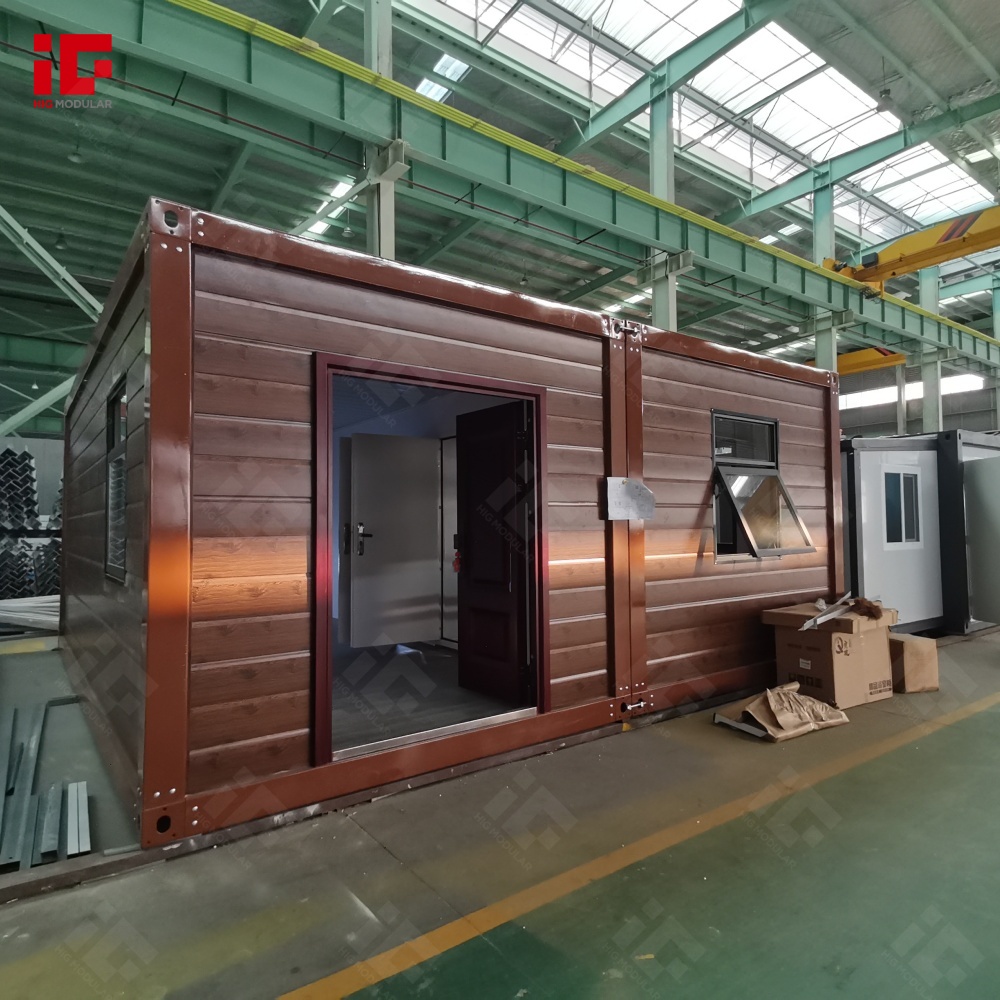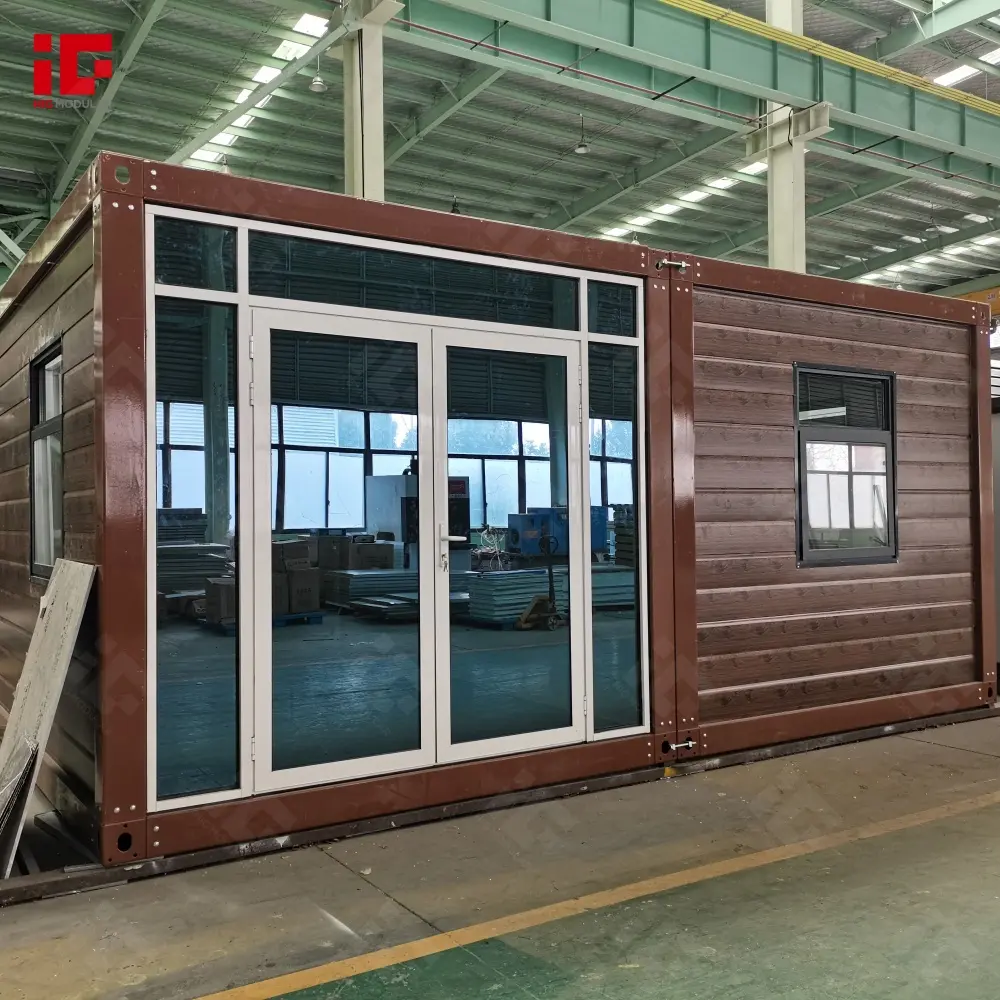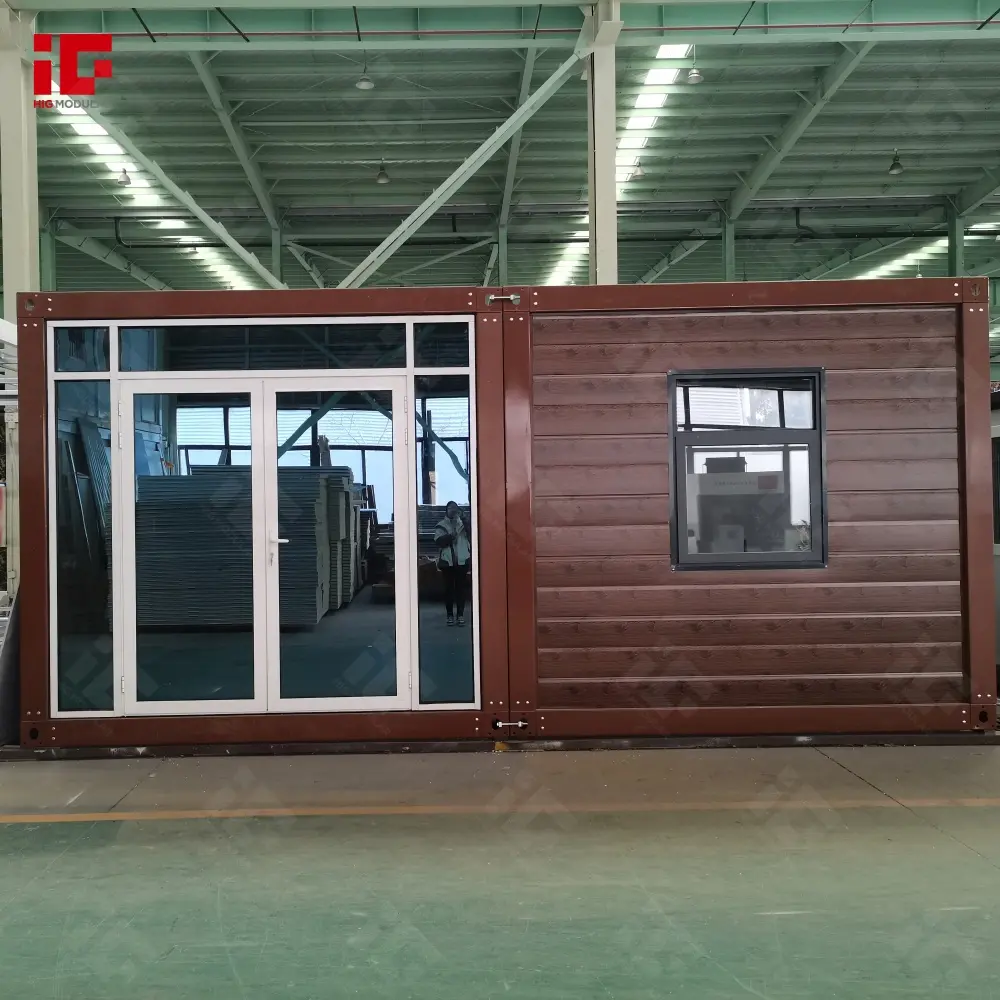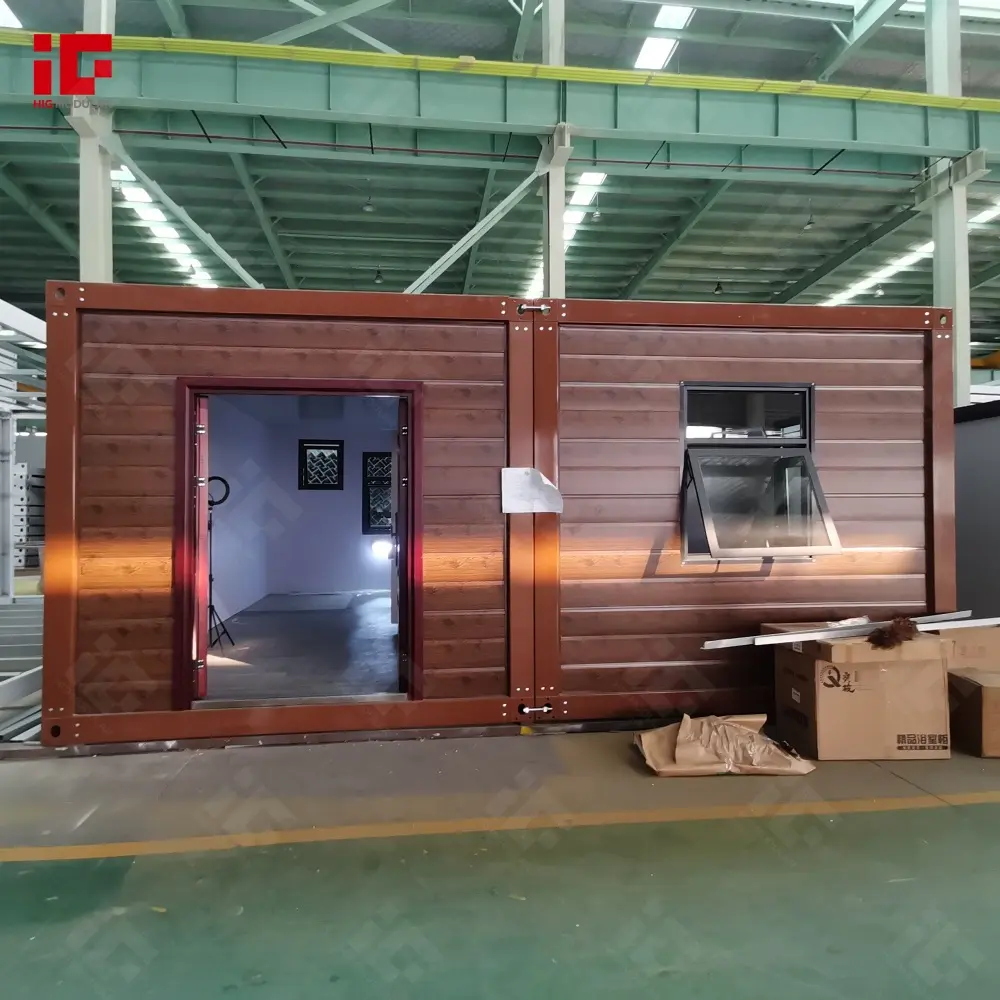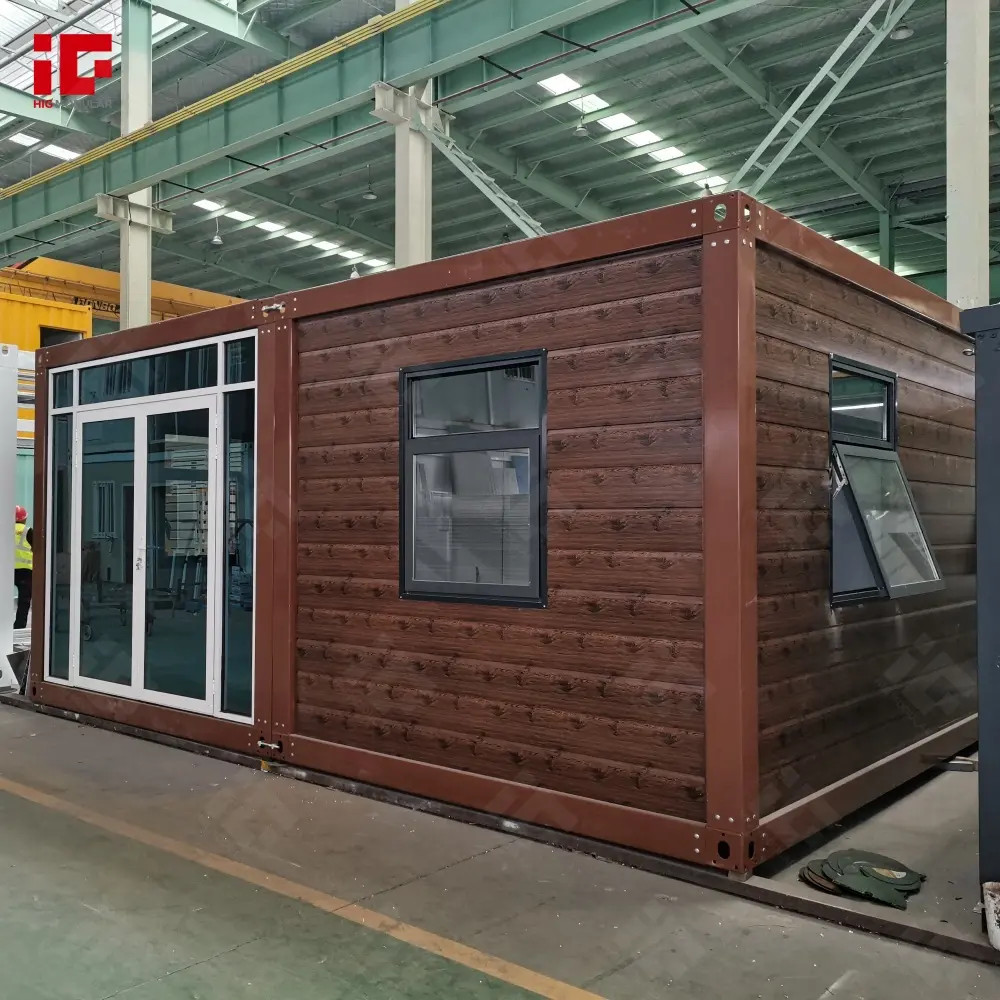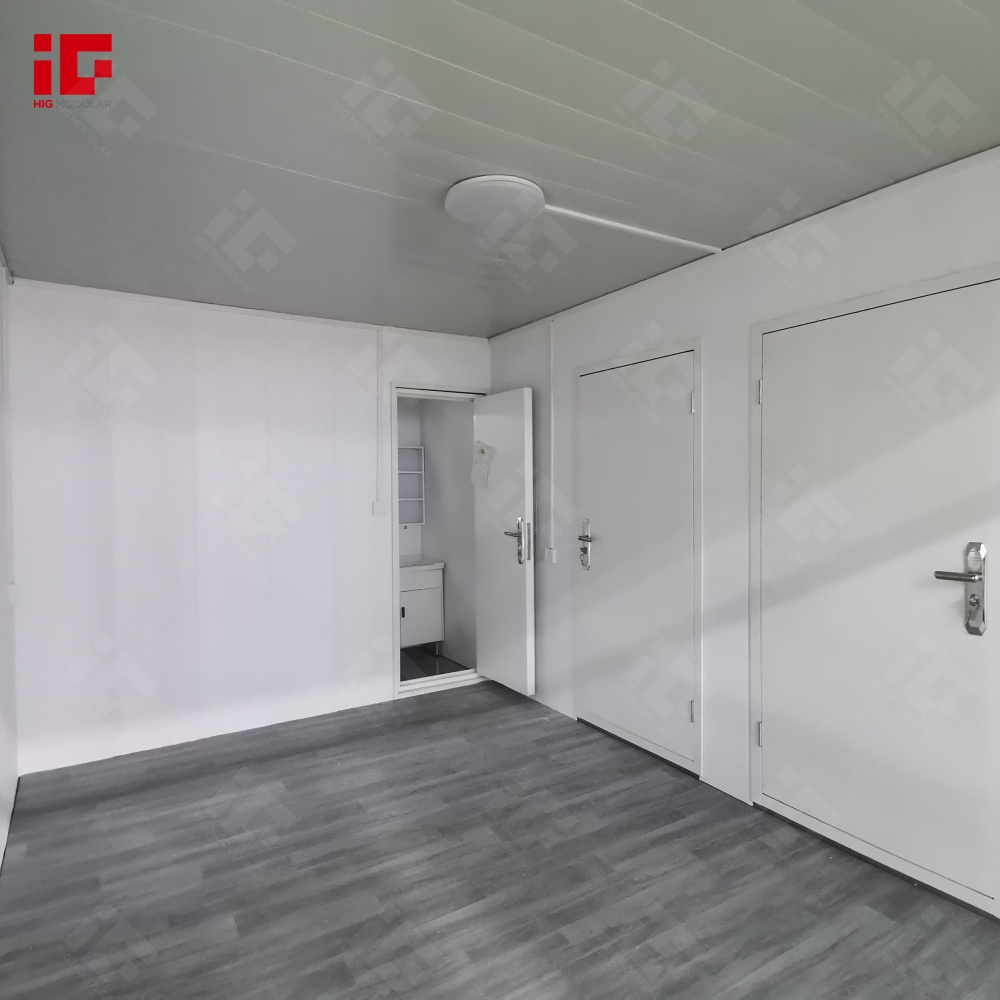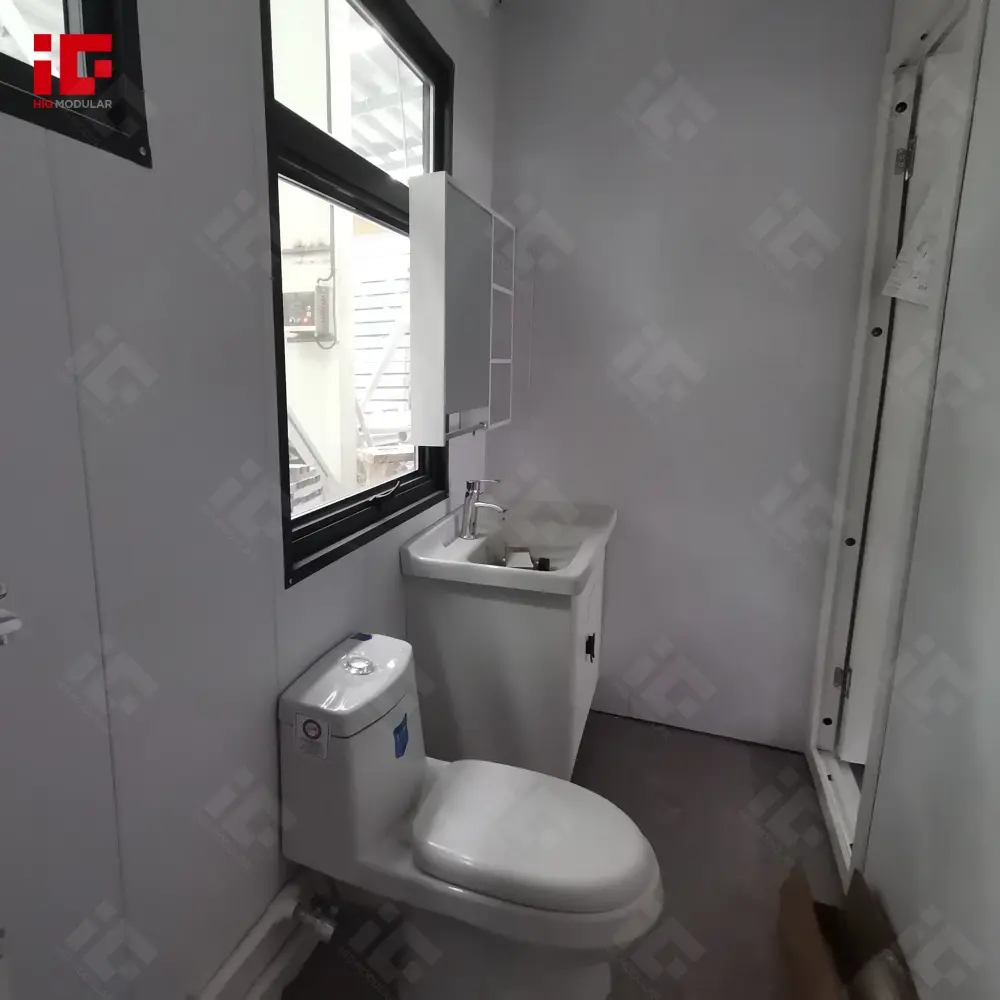Modular Freedom: How Detachable Container Homes Redefine Sustainable Living
The way we build homes is changing. As concerns about environmental impact, construction costs, and housing shortages grow, innovative solutions are emerging to meet these challenges head-on. Among the most promising is the detachable container home—a modular approach that combines sustainability with adaptability. When two such containers join forces, they create a living space that’s not just a house, but a flexible, eco-friendly solution designed for the way people actually live today.
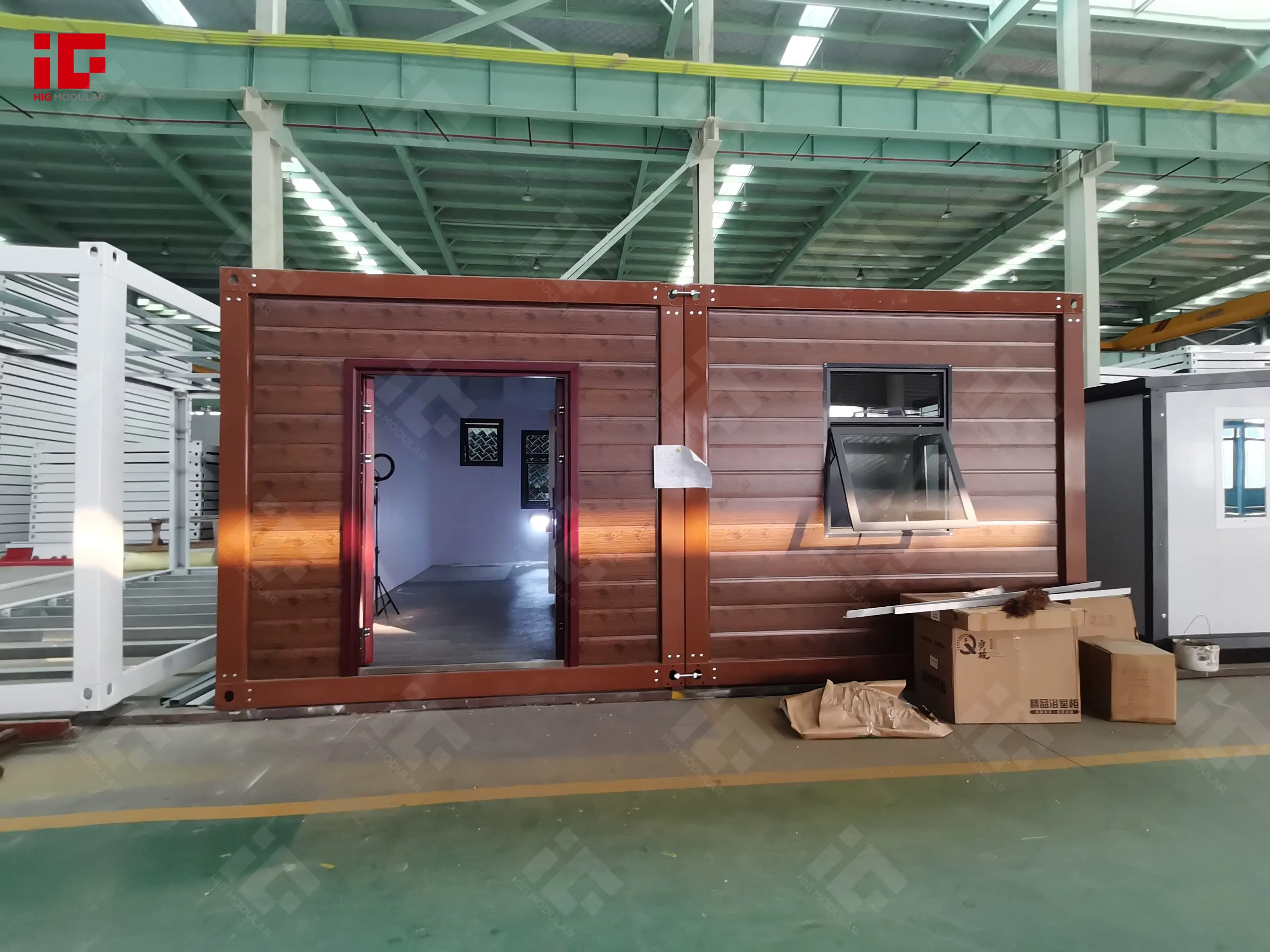
Building Blocks for Better Living
Detachable container homes operate on a simple yet powerful principle: modular units that can stand alone or connect to form larger structures. This flexibility makes them vastly different from both traditional homes and fixed container dwellings. The bolted connection system allows two containers to merge seamlessly, creating a 640 sq. ft. home that maintains the ability to disassemble and relocate if needed—a feature impossible with conventional construction.
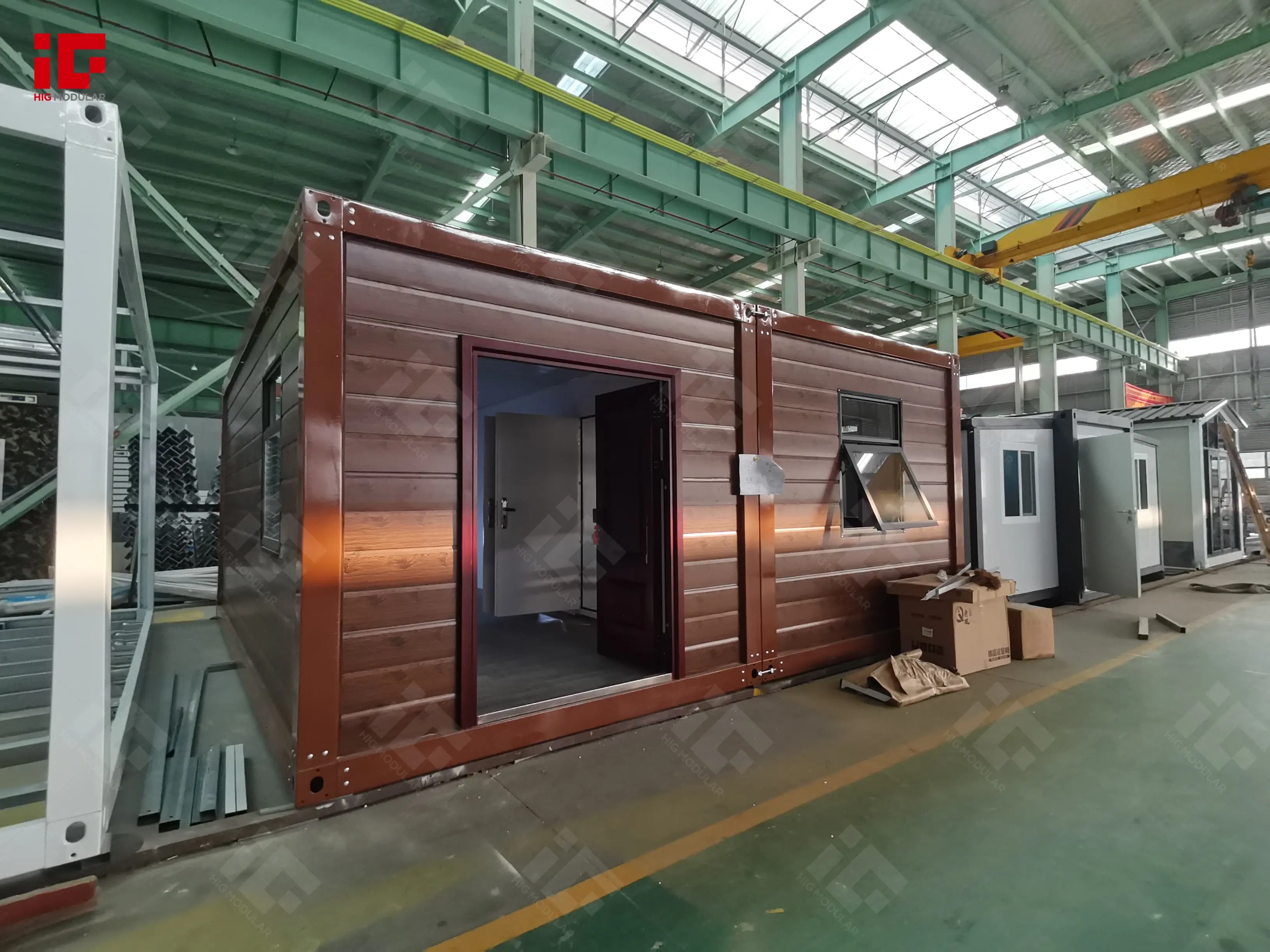
|
Feature |
Traditional Construction |
Two-Container System |
|
Construction Time |
6-12 months |
3-5 days |
|
Material Waste |
20-30% of materials |
<5% waste |
|
Carbon Footprint |
High (concrete/transport) |
40-60% lower |
|
Customization Options |
Limited once built |
Easily reconfigurable |
|
Expansion Possibility |
Costly and time-consuming |
Add more units as needed |
|
Maintenance Costs |
High over time |
Low (steel structure) |
This modularity opens up a world of possibilities. What starts as a two-bedroom, one-bathroom home can evolve as needs change—adding a third container for a home office or extra bedroom when the family grows. This adaptability makes detachable container homes particularly valuable in dynamic situations, from temporary housing for disaster relief to permanent residences that grow with their occupants. Unlike traditional homes locked into their initial design, these container systems embrace change as a natural part of living.
Eco-Friendly From Start to Finish
Sustainability isn’t an afterthought in detachable container homes—it’s built into every component. The environmental benefits begin with the materials: most containers repurpose recycled steel that would otherwise sit in landfills, reducing the demand for new metal production. Each recycled container saves approximately 3,500 pounds of steel from waste, making a significant dent in construction’s carbon footprint.

The eco-friendly design continues through the construction process. Factory-produced components mean precise cuts and minimal waste, with leftover materials easily recycled rather than dumped at building sites. Traditional construction methods generate tons of excess material, but the controlled manufacturing of container modules keeps waste below 5%—a dramatic improvement that benefits both budgets and the planet.
Once occupied, these homes maintain their green credentials through energy efficiency. The thick EPS or PU sandwich panels used in walls and roofs provide excellent insulation with R-values ranging from 3.6 to 8.0, reducing the energy needed for heating and cooling. Many designs incorporate reserved space for solar panel installation, allowing homeowners to further lower their environmental impact and energy bills over time. The tight seals around windows and doors prevent drafts, while the steel structure’s durability means fewer repairs and replacements over the home’s lifetime.
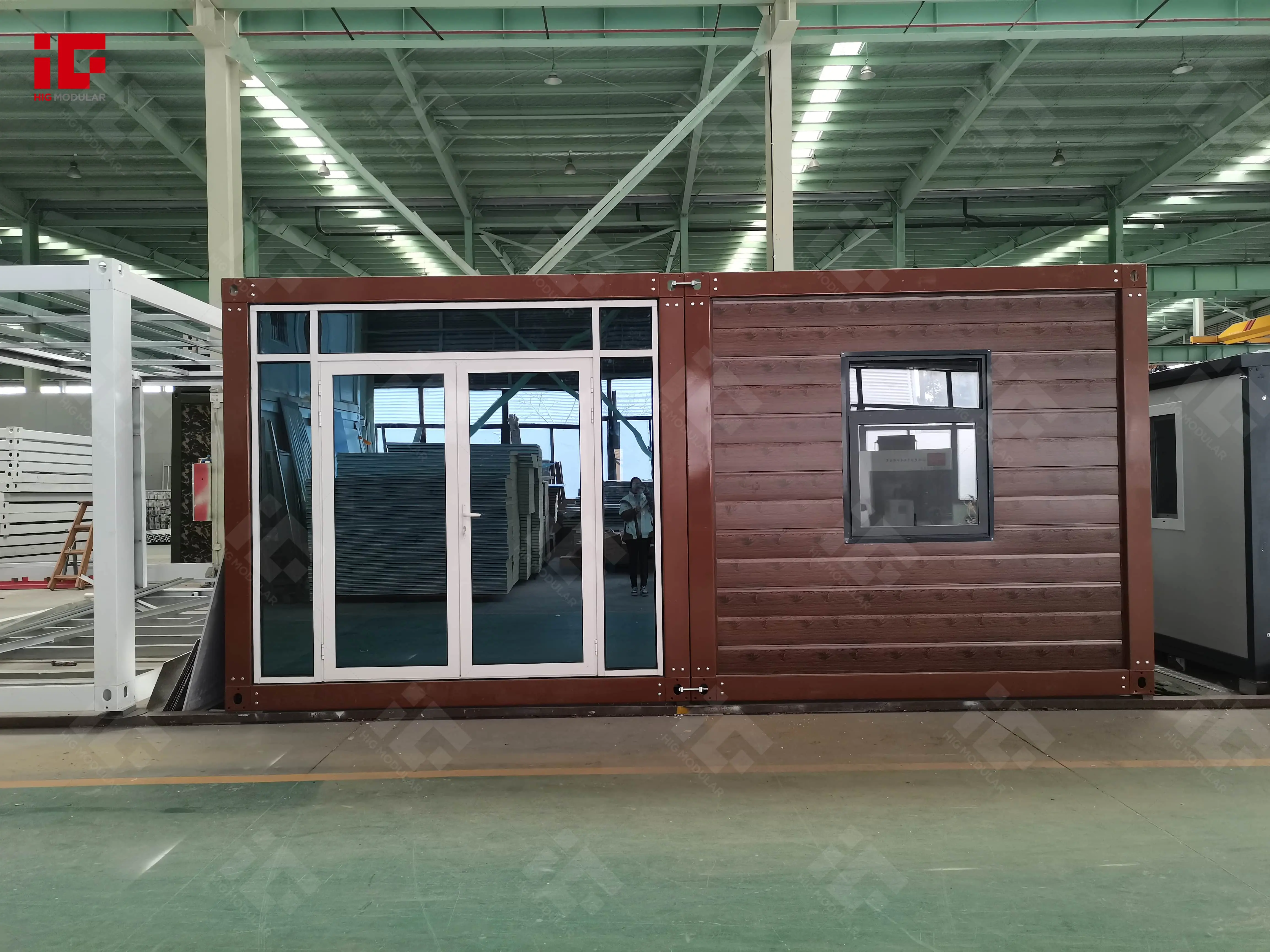
Strength Meets Simplicity
Detachable container homes prove that durability doesn’t require complexity. The galvanized steel frames undergo anti-corrosion treatment and bake-paint finishing, giving them a lifespan of 50 years or more even in harsh climates. These structures aren’t just strong—they’re smartly engineered to withstand nature’s challenges, with wind resistance ratings of 12 or higher and seismic performance that meets rigorous safety standards.
This strength doesn’t translate to difficulty in assembly. Unlike traditional homes requiring skilled tradespeople for every step, container connections use simple bolt systems that allow for quick, efficient installation. A basic two-container home can be fully assembled by a small team in just three to five days, eliminating the months of disruption associated with conventional building projects. This speed is particularly valuable in emergency situations where shelter is needed immediately, but it’s equally appealing to families eager to move into their new home without prolonged delays.
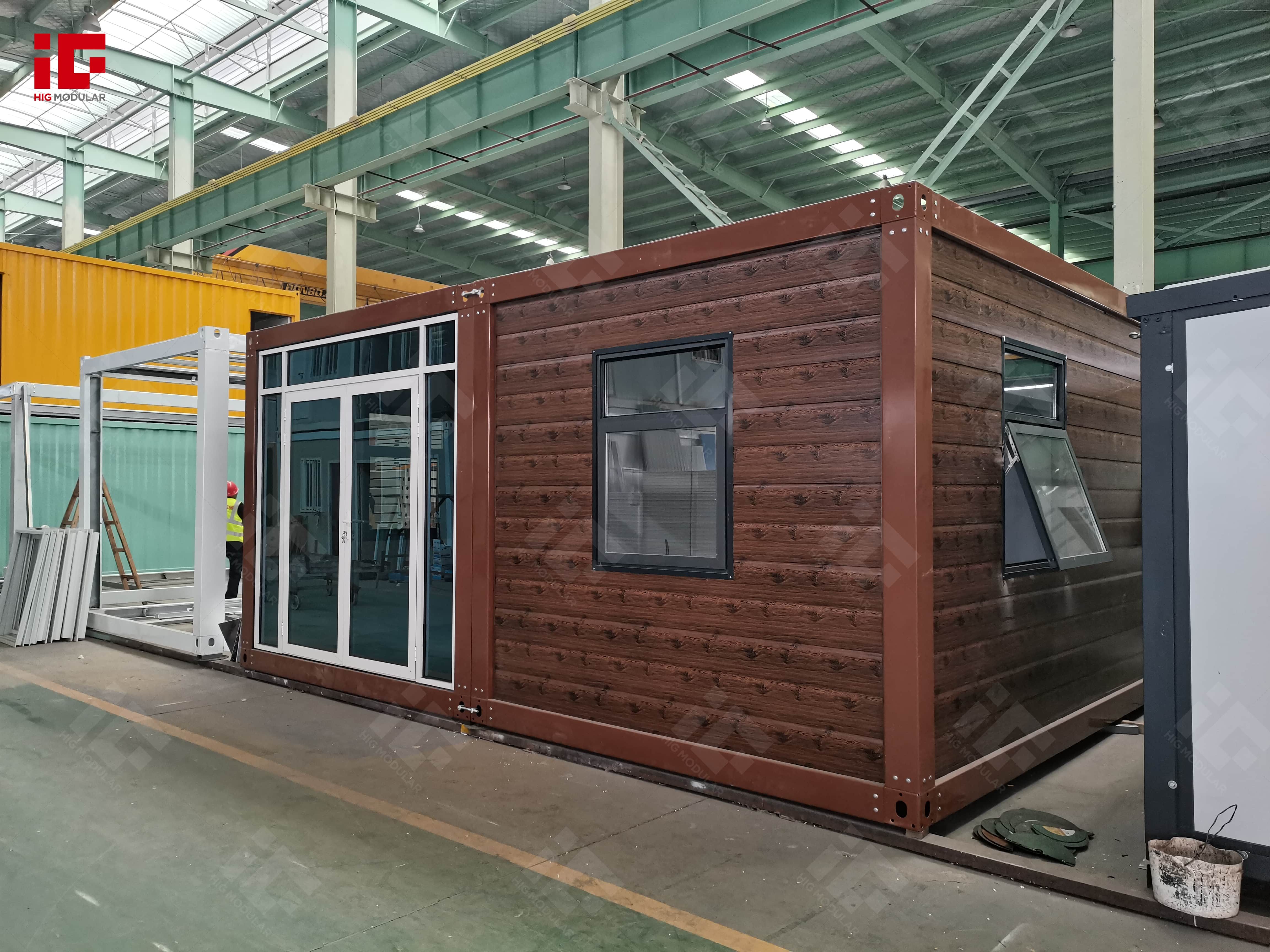
The simplicity extends to maintenance as well. The steel exterior resists rot, pests, and water damage that plague wooden structures, while interior finishes use durable materials like scratch-resistant PVC flooring and easy-to-clean wall panels. Many components are designed for easy replacement, meaning homeowners can fix issues themselves without specialized skills or expensive contractors. This combination of strength and simplicity creates a home that’s both reliable and accessible.
A Home for Every Situation
The versatility of two connected detachable containers makes them suitable for nearly any living situation. They work equally well as permanent family homes, vacation getaways, or temporary housing during construction or renovations. In remote areas where traditional building materials are scarce, container homes can be transported and assembled with minimal local resources. For urban dwellers priced out of the housing market, they offer an affordable path to homeownership without compromising on space or quality.
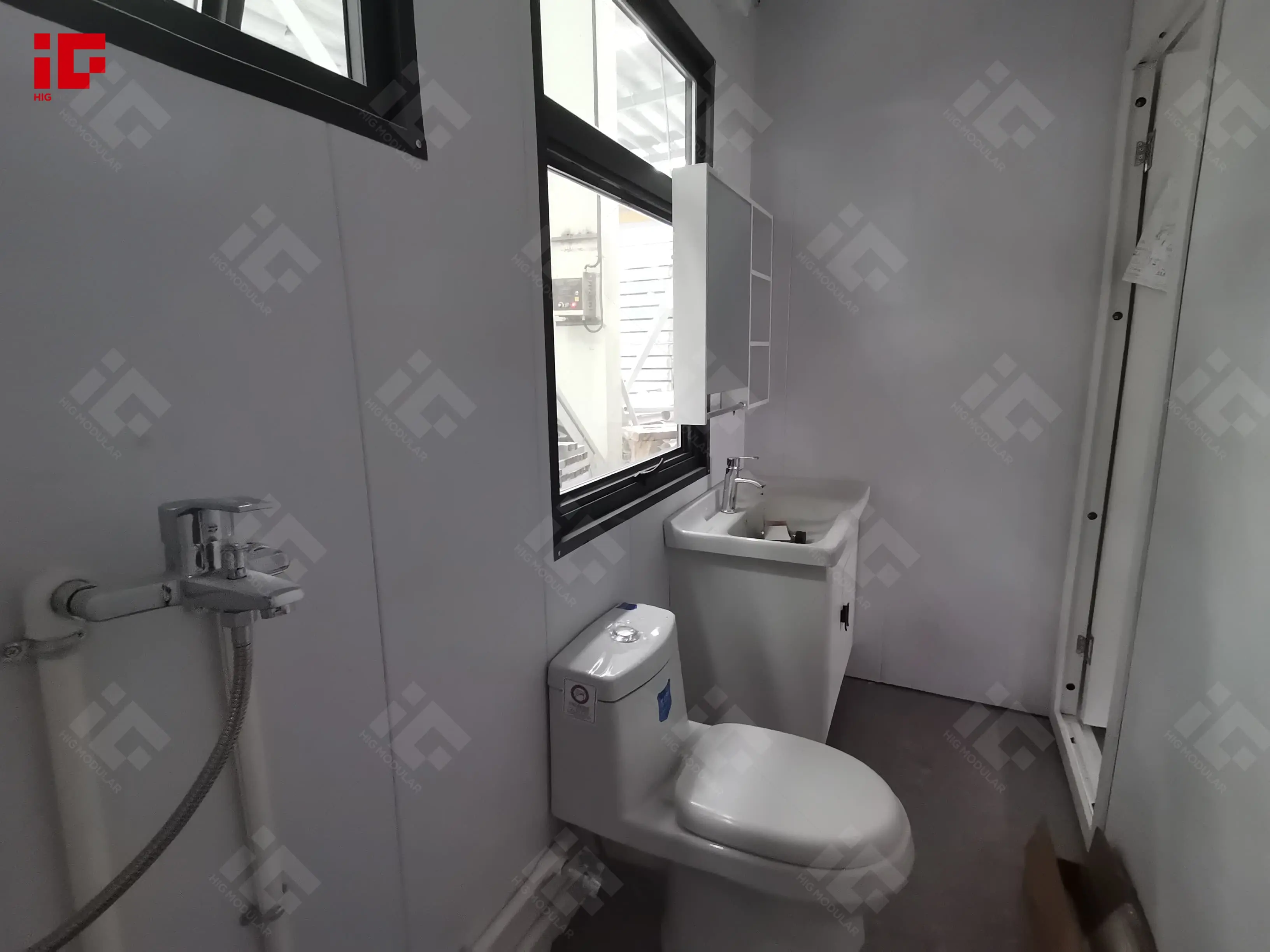
This adaptability extends to design as well. While the standard configuration offers two bedrooms, one bathroom, and a living area, the modular nature allows for endless customization. Homeowners can choose different window placements for better views, add insulation for colder climates, or modify interior layouts to suit specific needs—all without the expense of custom architectural plans. The result is a home that feels personal and purpose-built rather than generic.
In a world where housing needs are constantly evolving, detachable container homes represent a forward-thinking solution. By combining the strength of steel, the efficiency of modular design, and the sustainability of recycled materials, two connected containers create more than just living space—they create a flexible foundation for life’s journey. This isn’t just alternative housing; it’s a better way to build homes that meet the demands of today while preparing for tomorrow.
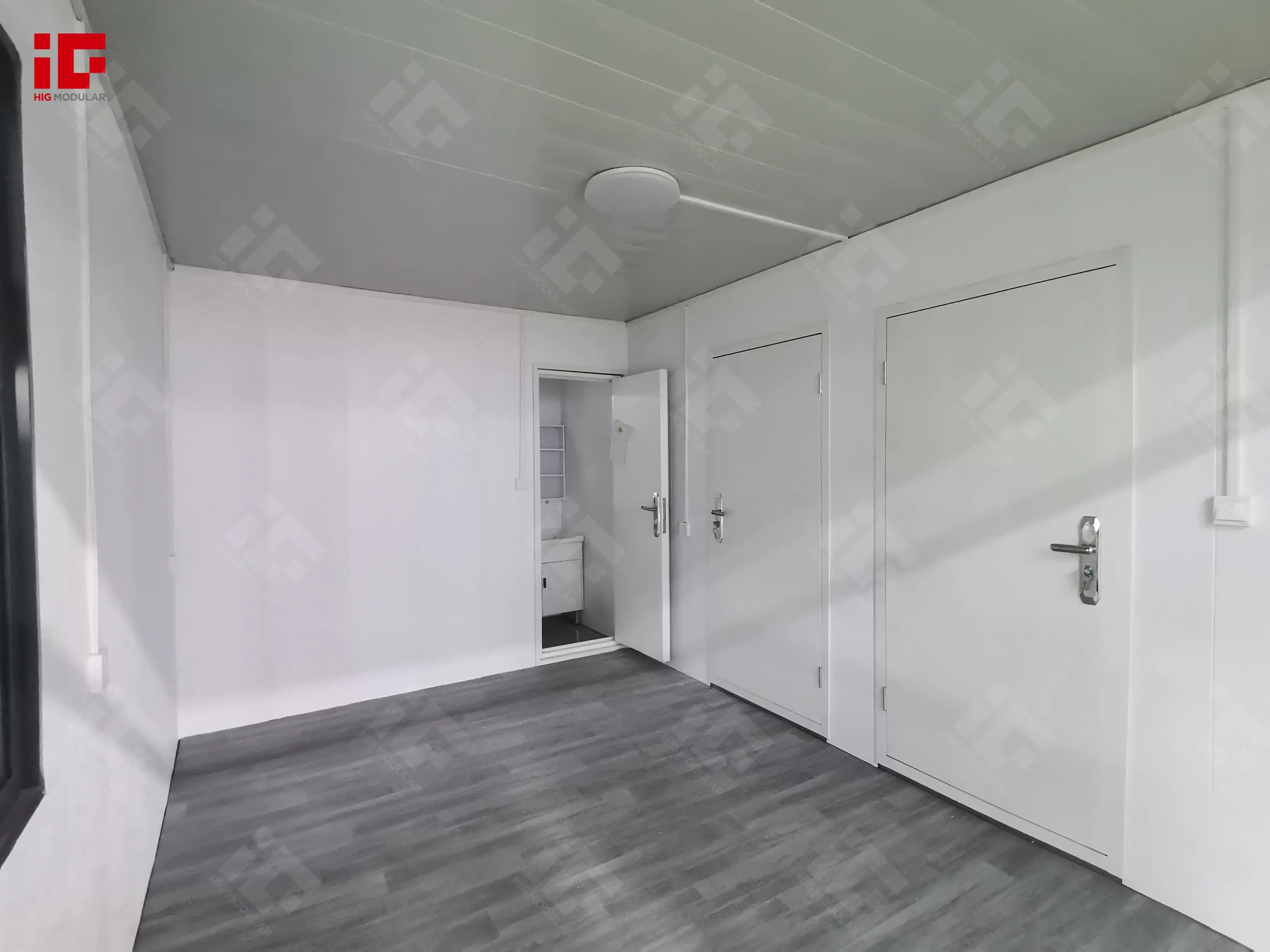
If you need to adjust specific details (such as updating parameters, emphasizing certain product advantages, or modifying the tone), please feel free to let me know—I can refine the content further to align with your marketing needs.

